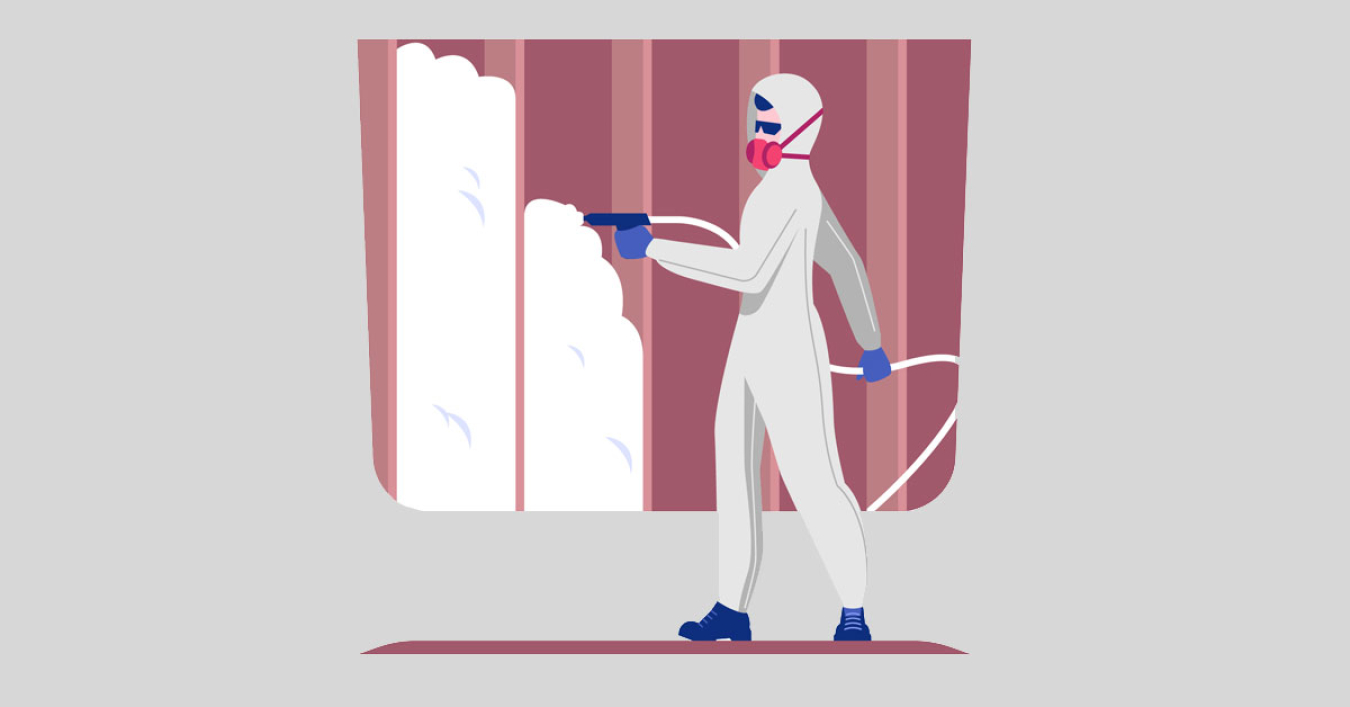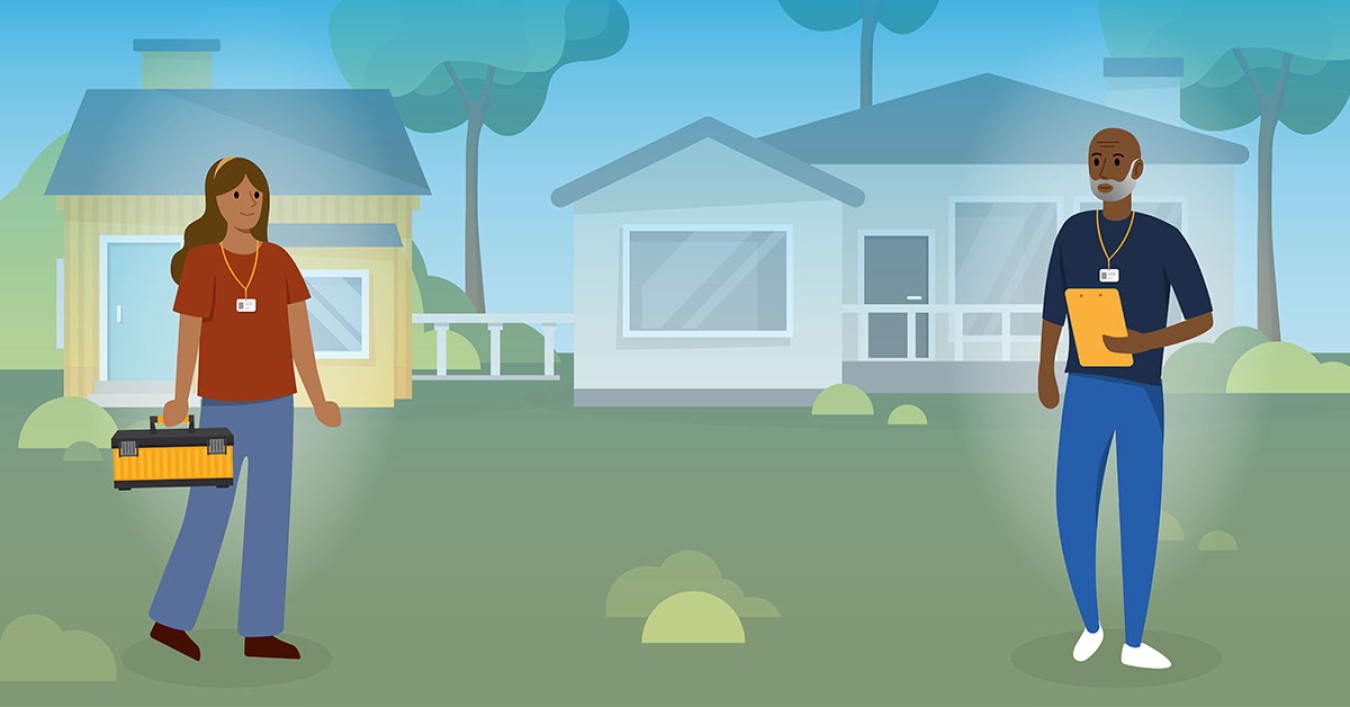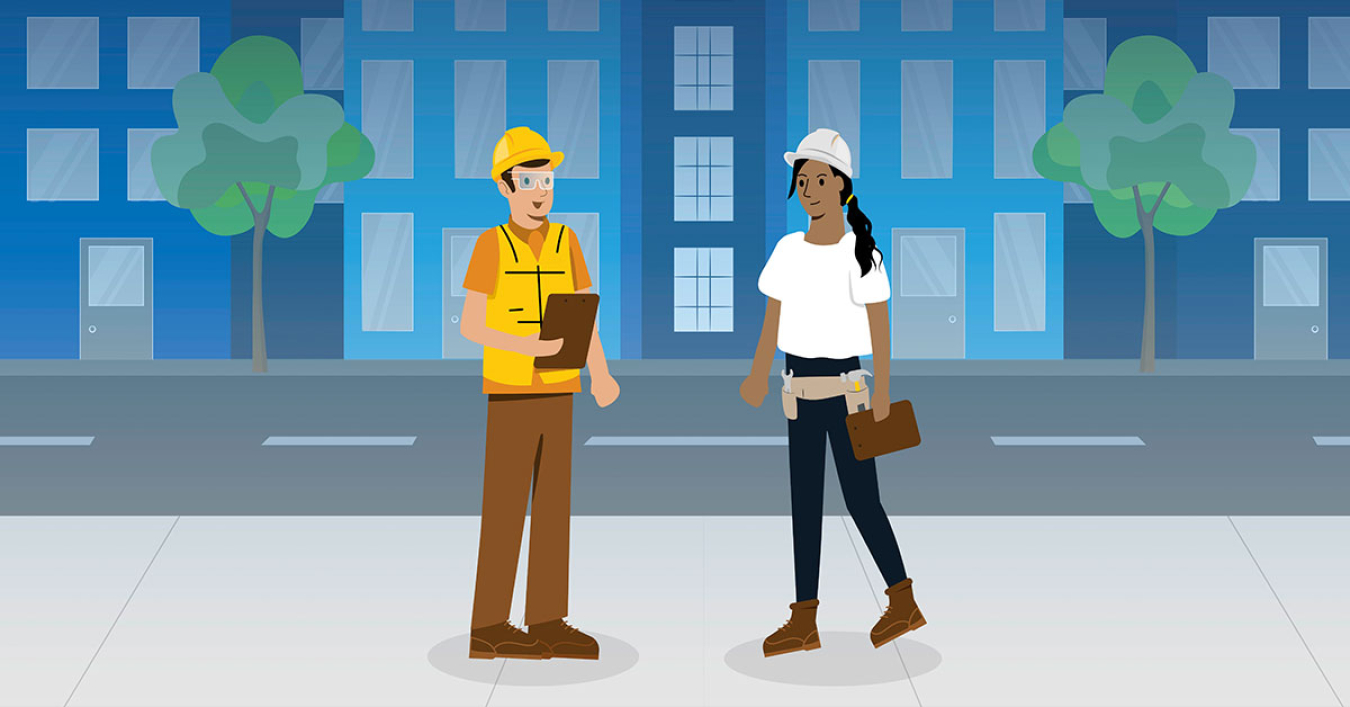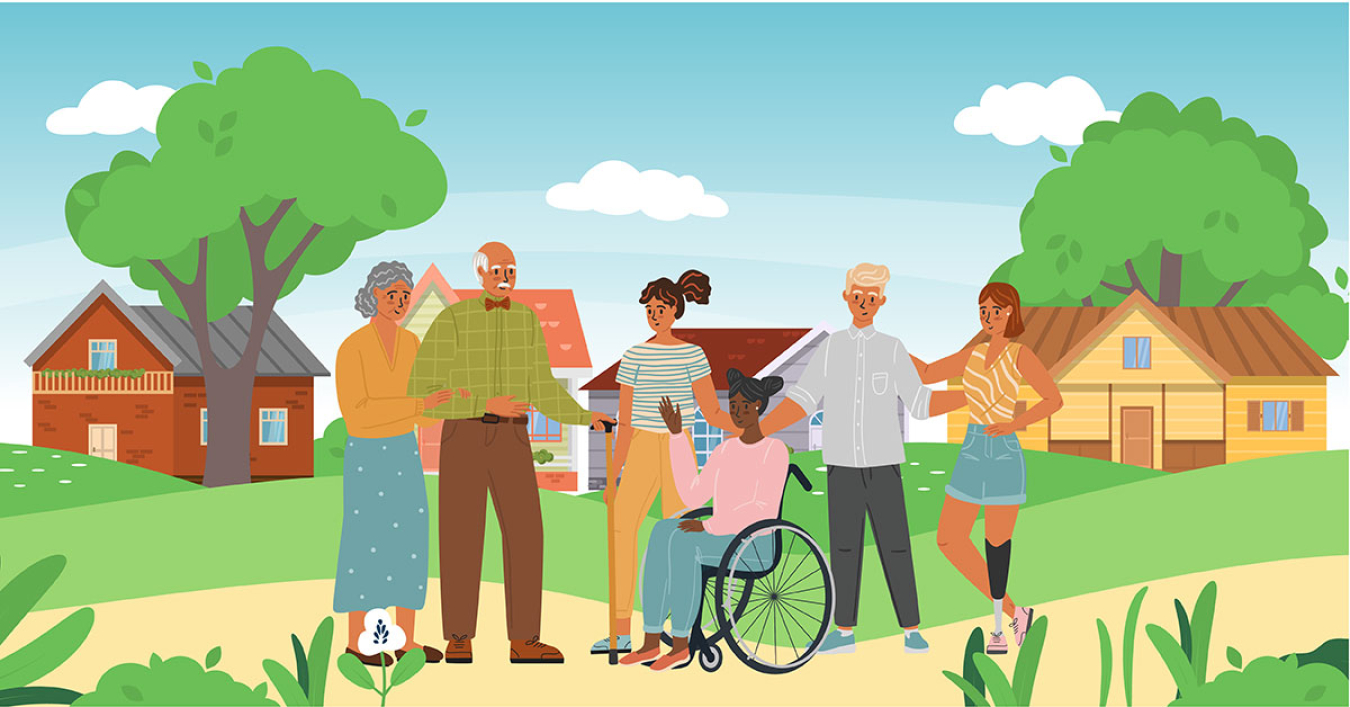Since 2015, Idaho has received $20.3 million from the Weatherization Assistance Program (WAP) and $3.7 million from the State Energy Program (SEP), resulting in the following benefits:

2,160 Homes Weatherized
Idaho reduced energy costs and improved health and safety in 2,160 homes.*

298 Jobs Created or Retained
The State Energy Program creates or retains one job for every $12,500 invested.*

64,791 Square Feet of Building Space Retrofitted
Since 2015, Idaho has installed energy efficiency upgrades in 12 buildings.*

Connected with 66 People About Energy Efficiency Installations
Idaho held 4 workshops, webinars, trainings, or outreach events since 2015.*
* Findings from a National Evaluation of the State Energy Program and a National Evaluation of the Weatherization Assistance Program.
States report outcomes of State Energy Program and Weatherization Assistance Program formula (annual) fund activities to DOE on a quarterly basis. The metrics above are outcomes of formula-funded activities since 2015.
The SCEP Project Map highlights the annual formula and competitive funding for WAP and SEP.
Idaho's State Energy Program at Work
Government Leading by Example Program
Idaho supports rural communities with energy-related resources and opportunities through its Government Leading by Example Program, which is managed by the Governor's Office of Energy and Mineral Resources. Since 2014, Idaho has provided financial assistance to discover potentially beneficial energy efficiency upgrades to 48 local government buildings. While some communities have implemented energy efficiency retrofits on their own, the state has provided cost-share to implement 10 energy efficiency retrofits on six local government buildings.
Western States Energy Planning Collaboration
Idaho and its regional partner states and provinces in the Western Interconnection use planning and coordination to address current and emerging challenges to the electric power system. Idaho participates in regional transmission planning and market development activities to provide a conservative, rural perspective to such efforts. A recent study by Idaho and partners expanded on the potential benefits of increased regional coordination of electricity markets. Idaho also collaborates with key state, regional, and federal energy sector stakeholders in emergency preparedness and energy assurance planning.
Learn more about SEP competitively awarded projects.
Idaho's Weatherization Assistance Program at Work
The Idaho Department of Health and Welfare is the managing agency for Idaho's Weatherization Assistance Program (WAP). The Idaho WAP contracts with local community action agencies and nonprofits to install weatherization improvements in low-income households throughout the state.
Idaho developed a model that successfully incorporated a fee-for-service arm to their WAP. This new operation fed additional money into the low-income side of the program.
Between 2010 and 2021, Idaho weatherized an average of 276 homes per year with formula funds.
Success Stories
Idaho Takes Initaitve
Better Buildings Initiative
More than 900 organizations are involved in the Better Buildings Initiative working to reduce energy and water waste and modernize the nation’s buildings and industrial facilities. Download the 2023 Better Buildings Progress Report for more information on the Initiative as a whole.
Better Buildings Accelerators
In the past five years, SCEP has engaged nearly 100 partners in Better Buildings Accelerators. These Accelerators are designed to demonstrate specific innovative policies and approaches, which will accelerate investment in energy efficiency upon successful demonstration. Each Accelerator is a targeted, short-term, partner-focused activity designed to address persistent barriers that stand in the way of greater efficiency.
To learn more about other Better Buildings partners and solutions in the state of California and other states involved in the Better Buildings Initiative, check out the Better Buildings Partner map.
Sustainable Wastewater of the Future (SWIFt) Initiative
The cities of Blackfoot, Ketchum, Moscow, and Sioux City committed to improving the energy efficiency of their participating water resource recovery facilities as part of the Sustainable Wastewater Infrastructure of the Future (SWIFt) Initiative Phase 2. SWIFt Phase 2 is engaging wastewater treatment facilities in a voluntarily partnership to achieve 5% short-term and 25% long-term facility-wide energy savings and implement at least one next-generation technology (e.g., renewable energy, resource recovery, and advanced data management). SWIFt Phase 1 hosted 25 state, regional, and local agencies that engaged with more than 70 water resource recovery facilities in their jurisdictions and successfully reduced their total energy consumption by almost 7%, adopted best-practice energy management approaches now showcased in the Wastewater Energy Management Toolkit, and created plans to achieve 30% energy savings.
Publications, Resources, Helpful Links
- State and Local Solution Center, a one-stop shop of impactful public-sector resources
- Weatherization Assistance Program
- State Energy Program
- NASEO State Energy Office Contact
- Contact State Weatherization Agency
- EIA State Profile and Energy Estimates
